Tachykinin-expressing neurons control male-specific aggressive arousal in Drosophila
- PMID: 24439378
- PMCID: PMC3978814
- DOI: 10.1016/j.cell.2013.11.045
Tachykinin-expressing neurons control male-specific aggressive arousal in Drosophila
Abstract
Males of most species are more aggressive than females, but the neural mechanisms underlying this dimorphism are not clear. Here, we identify a neuron and a gene that control the higher level of aggression characteristic of Drosophila melanogaster males. Males, but not females, contain a small cluster of FruM(+) neurons that express the neuropeptide tachykinin (Tk). Activation and silencing of these neurons increased and decreased, respectively, intermale aggression without affecting male-female courtship behavior. Mutations in both Tk and a candidate receptor, Takr86C, suppressed the effect of neuronal activation, whereas overexpression of Tk potentiated it. Tk neuron activation overcame reduced aggressiveness caused by eliminating a variety of sensory or contextual cues, suggesting that it promotes aggressive arousal or motivation. Tachykinin/Substance P has been implicated in aggression in mammals, including humans. Thus, the higher aggressiveness of Drosophila males reflects the sexually dimorphic expression of a neuropeptide that controls agonistic behaviors across phylogeny.
Copyright © 2014 Elsevier Inc. All rights reserved.
Figures
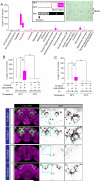


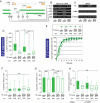
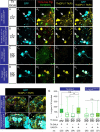
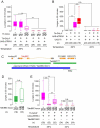
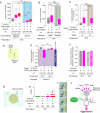
Comment in
-
Aggression: tachykinin is all the rage.Curr Biol. 2014 Mar 17;24(6):R243-4. doi: 10.1016/j.cub.2014.02.017. Curr Biol. 2014. PMID: 24650914
References
-
- Baier A, Wittek B, Brembs B. Drosophila as a new model organism for the neurobiology of aggression? J Exp Biol. 2002;205:1233–1240. - PubMed
-
- Bargmann CI. Beyond the connectome: how neuromodulators shape neural circuits. Bioessays. 2012;34:458–465. - PubMed
-
- Bentley D, Konishi M. Neural control of behavior. Annu Rev Neurosci. 1978;1:35–59. - PubMed
Publication types
MeSH terms
Substances
Grants and funding
LinkOut - more resources
Full Text Sources
Other Literature Sources
Molecular Biology Databases
Research Materials

